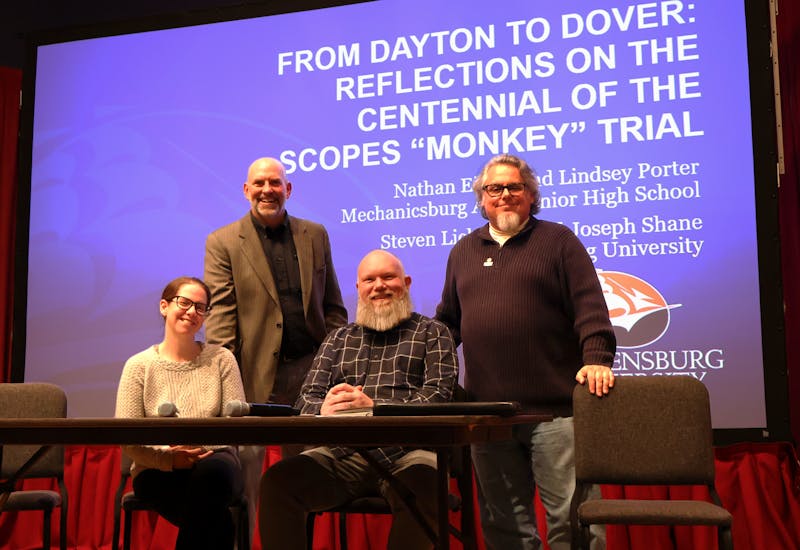As global climate change continues to threaten coastal communities and change regional weather patterns, people around the world are asking, “What can I do to stop it?”
Unfortunately, the modern-day green Earth movement is not as simple as making sure you recycle and pick up trash in your local park. To create real change for the direction of the climate and the fate of the human race, large-scale revolutions must be made in how energy is produced and consumed.
Perhaps the best energy sector to transform is transportation, which is responsible for 29 percent of energy consumption in the U.S. — most of which is based on fossil fuels, according to the U.S. Energy Information Administration.
One of the rising industries that can have a major impact on climate change is electric transportation, specifically with cars.
American car company and energy innovator Tesla is one of the primary leaders in this industry.
Founded 15 years ago, Tesla has remained focused on its mission “to prove that people [don’t] need to compromise to drive electric — that electric vehicles can be better, quicker and more fun to drive than gasoline cars,” according to tesla.com.
But Tesla was not just trying to create a new type of car as a marketing campaign. The company’s website states that at its core, it “believes the faster the world stops relying on fossil fuels and moves toward a zero-emission future, the better.”
Mission and vision statements can sound inspirational and promising, but they mean little if the vast majority of consumers cannot take part in them. Tesla’s first car, the Model S, had a price tag starting at about $70,000, making it unaffordable for most Americans.
While Tesla worked to introduce a more affordable car, European car companies such as Volkswagen unleashed a rebuttal to electric and hybrid cars. Millions of diesel cars rolled off production lines in Germany and in the U.S. that promised ground-breaking fuel efficiency while emitting little air pollution.
Though diesel fuel is more efficient to burn than conventional gasoline, it is known to release high levels of nitrogen oxides — a main contributor to disease-causing smog, according to The New York Times.
Many of the diesel cars produced were products of a conspiracy. Exposed partially by the California Air Resources Board, along with numerous other researchers, journalists and government agencies, it was found that Volkswagen executives and engineers were responsible for lying to the public about how bad the car emissions were.
As the scandal was unfolding, Tesla unveiled the Model 3. Coming in at about $35,000, the Model 3 became the first low priced, all-electric vehicle that maintained the performance and range of a conventional gasoline or diesel engine.
As Tesla continues to make more affordable electric vehicles, with increasing range and battery storage limits, the traditional combustion engine is now beginning to see its spot in a museum, right next to steam-powered locomotives.
It will take years or maybe decades before the electric revolution will be in full swing, but it is inevitable. Where Volkswagen failed, Tesla succeeded and proved that it is possible for everyday people to own a car that produces no emissions, while not sacrificing on endurance and performance.
The technology for high-capacity battery storage and renewable energy generation is available. Now it is time to introduce it into the global market to reduce humankind’s carbon footprint.




The Slate welcomes thoughtful discussion on all of our stories, but please keep comments civil and on-topic. Read our full guidelines here.